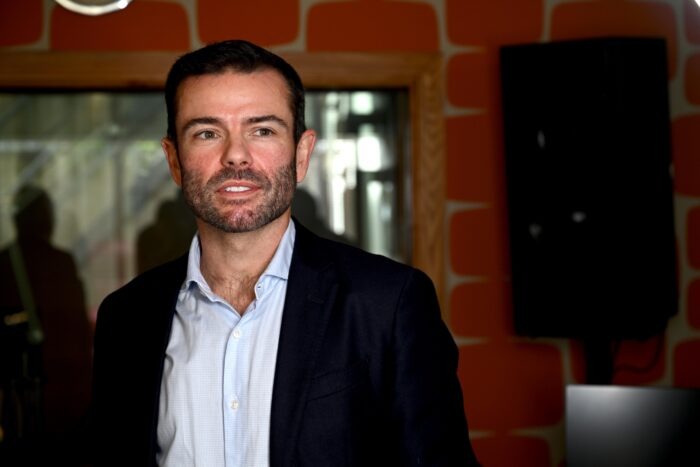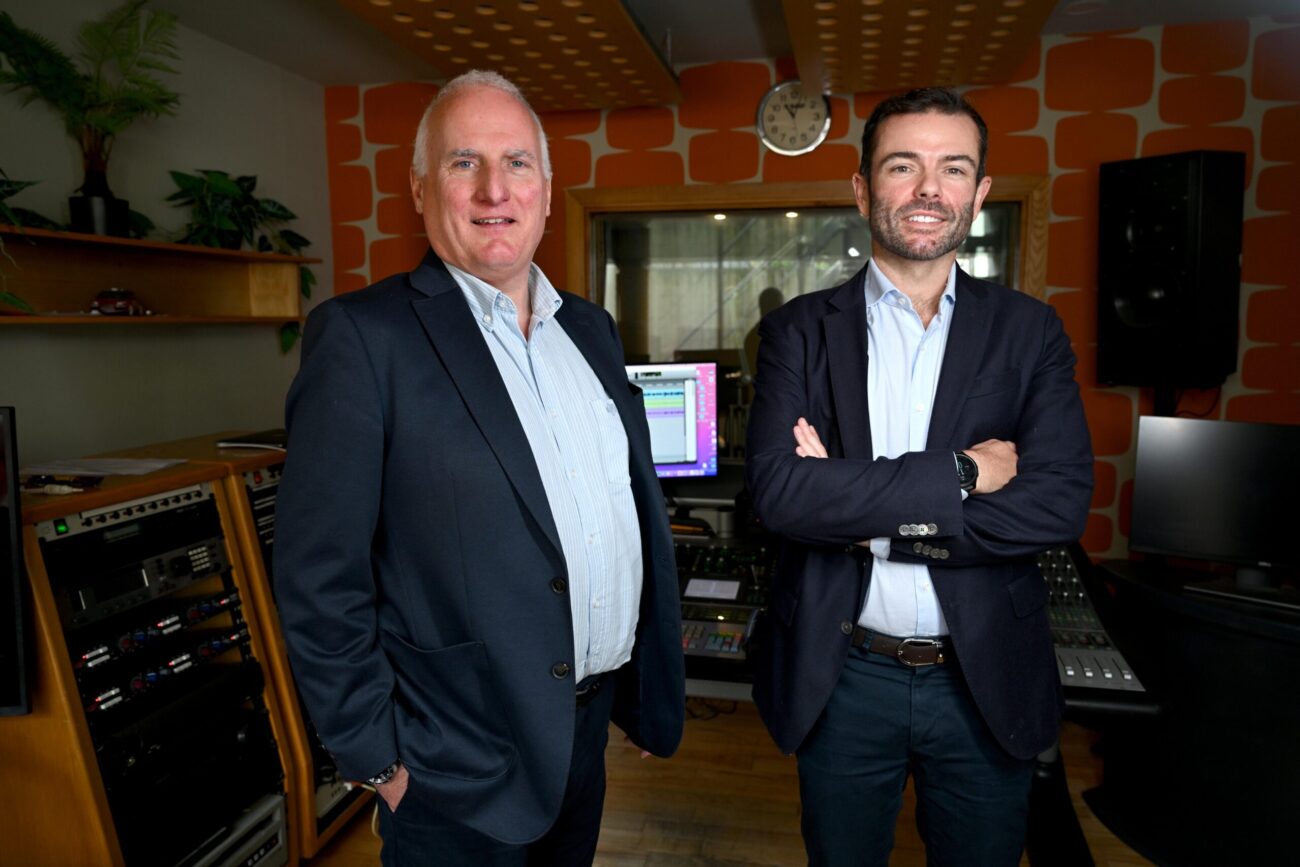Ireland is awash with capital. But converting that capital into concrete — into functioning metros, electrified railways, and national water systems — is proving far harder than it should be. As one of Europe’s fastest-growing economies, Ireland has both the urgency and the financial firepower to build, but a shortage of people, planning bottlenecks, and the complexity of major works still cause significant delays and disruptions.
Behind the billion-euro headlines are the practical questions: Who’s going to build this? Where will the skills come from? And can Ireland become a magnet for international infrastructure expertise?
Few are better placed to answer those questions than Aidan Scollard, partner at Baker Tilly Ireland, and James Smith, a Partner and Head of Global Mobility at MHA, the Baker Tilly firm in the UK.
Together, they advise governments, developers, and international contractors on how to deliver large-scale infrastructure projects in challenging environments — and how to move the talent that makes it all possible.
Specialist work needs specialist people
Scollard’s clients include businesses in the manufacturing, retail, and professional services sectors. He also has a major client roster in the construction and building industry, advising companies on contracts, finance structures, and international projects.
Based on his experience, Scollard has a clear assessment of Ireland’s position: strong in ambition but reliant on international know-how and resources.
“I would have worked with a number of construction companies and house builders here, and also on some of the infrastructure works on the original Luas lines that came in,” he says.
“That involved a lot of international companies… joint ventures where maybe specialist works needed the international companies — say, on the Luas line, it was catenary works or rail track laying.”

That model, he says, will almost certainly repeat itself.
“We’re going to see the same again with a number of projects coming up. Local civil works and general mobilisation can happen with Irish construction companies, but for some of the specialist works this is going to be large-scale international companies that will assist,” Scollard says.
These aren’t hypotheticals. Scollard is already in conversations with UK-based and continental firms preparing to deploy teams to Ireland for some of the country’s largest upcoming transport projects. He sees opportunities for Irish and foreign firms alike — but only if the groundwork is laid properly.
Crossing borders: The human engine of infrastructure
At the centre of that groundwork are people. And this is where James Smith, a global mobility specialist, steps in.
“Essentially, the idea of global mobility is facilitating the movement of people across a border,” he explains. “These may be business travellers, long-term workers, or permanent relocations.
“But essentially, how do you move someone? How do you pay them? Where is their compensation taxed? Where is social security due?”

The list of complications grows quickly: tax jurisdictions, housing, pensions, family life, culture, childcare.
And, based on his experience, most of it can get overlooked until too late.
“There’s a lot going on,” Smith says. “You’ve got totally different types of workforce in so many positions. We could have construction workers, surveyors, engineers. They all have different needs. Then the big one: What does it actually cost? That affects budget and timeline.”
Then come the wider challenges — ones that are harder to quantify but no less important. “When you move someone across a border, you’re disrupting family, you’re disrupting finances, you’re changing pension schemes. There is so much that comes into it,” he says. “But you’re also giving an opportunity — the career progression. It’s emotional.”
Smith speaks from experience. “It’s one of the things that’s on my LinkedIn profile — that I know what it’s like to move across a border. I was in New Zealand two weeks ago seeing my family, because they live 20,000 kilometres away. That people aspect is incredibly important.”
While the pandemic reshaped many industries through remote work, infrastructure isn’t one of them.
“This is not working from your bedroom,” Scollard says. “For infrastructure and the construction pieces that are going to happen, you need to physically have people here.”
Smith adds that this makes early coordination essential.
The mistake many companies make, he says, is waiting too long to involve HR and tax functions. “We so often see boots on the ground before anyone’s thought about compliance,” Smith says. “Then they call up the tax people or the global mobility people and say, ‘Right, what do we do?’ Well, it’s actually — what should you have done already?”
Planning prevents pain
Ireland’s reliance on external advisors for infrastructure delivery makes planning even more crucial, says Scollard.
“If you compare Ireland to France, France has a big government. They’ve got hundreds of engineers internally. We don’t have that. So, we rely on the external advisers, the external consultants,” he says. “It’s about getting those right consultants and leveraging off what has worked in other jurisdictions.”
Despite record surpluses, Ireland has historically struggled to commit and deliver on major capital projects. This creates understandable concern and caution among international contractors.
“The two questions that I get asked when I’m talking to all those companies about it are: will it happen this time? And will we get paid?” says Scollard.
Smith agrees and sees the same uncertainty when planning for labour mobility. “If you don’t know what’s going to happen in five or 10 years and you can’t commit to that, then it makes people planning in Ireland very, very difficult,” he says.
That planning must also be personal. “You need to start thinking that a person has a personal life as well as a business life,” Smith adds. “And that needs to be at the forefront.”
Digital infrastructure: A parallel track

While public attention often focuses on metros and rail, a parallel infrastructure boom has been quietly taking place in digital infrastructure, namely data centres.
“We have clients, originally maybe out of the UK, Irish companies that have done data centres here, and now they are moving further into Eastern Europe,” Scollard says. “Poland seems to be a new location.”
That experience is transferable, he says: “The skills they’ve built up, they’ll now bring to other jurisdictions. Some of the larger clients they’ve worked with in data centres will want to pull them across various countries.”
Ireland, in short, doesn’t just need to import expertise — it can export it, too.
“We don’t need to reinvent the wheel”
As the conversation draws to a close, the message from both men becomes clear: Delivering on Ireland’s infrastructure ambitions isn’t just about funding, it’s about planning, partnerships, and people.
“How can we deliver these projects properly?” Scollard asks. “I think we have come back to this planning piece.”
The key, he says, is to leverage what already works.
“I think it is getting the right consultants. It is maybe leveraging off the other jurisdictions where this has happened. I mean, if you fly into London and you are getting from Heathrow, and you are getting the Elizabeth line, or Crossrail as it was originally called — a lot of that was built by Irish contractor companies and partnerships of, say, some of the large French groups that were involved in that. That is the piece that we can replicate. We don’t need to reinvent the wheel here,” he says.
Smith agrees and returns to the fundamental resource constraint at the heart of the issue: people.
“Looking at the Irish workforce, we need tens of thousands of people to be in Ireland to work this,” he says. “That is going to need to have international labour.”
And with that comes the budget reality.
“I would say connected to that budgeting—planning piece—to get the budgeting right,” Smith explains, “when you are starting to ensure that people are financially not worse off than they would have been if they had stayed at home… If you have to account for housing costs, if you have to cover additional tax costs, additional social security. Those are so often forgotten.”
Too often, he says, the cost of people is underestimated and that can derail even the best-planned project.
“We see businesses look at the cost of labour and that is what they budget for, but you can easily do multiples of that when you start taking into account all of the international aspects. So, I would say: get that budget on the people’s side.”
This is sponsored content and has been produced in association with Baker Tilly Ireland.


